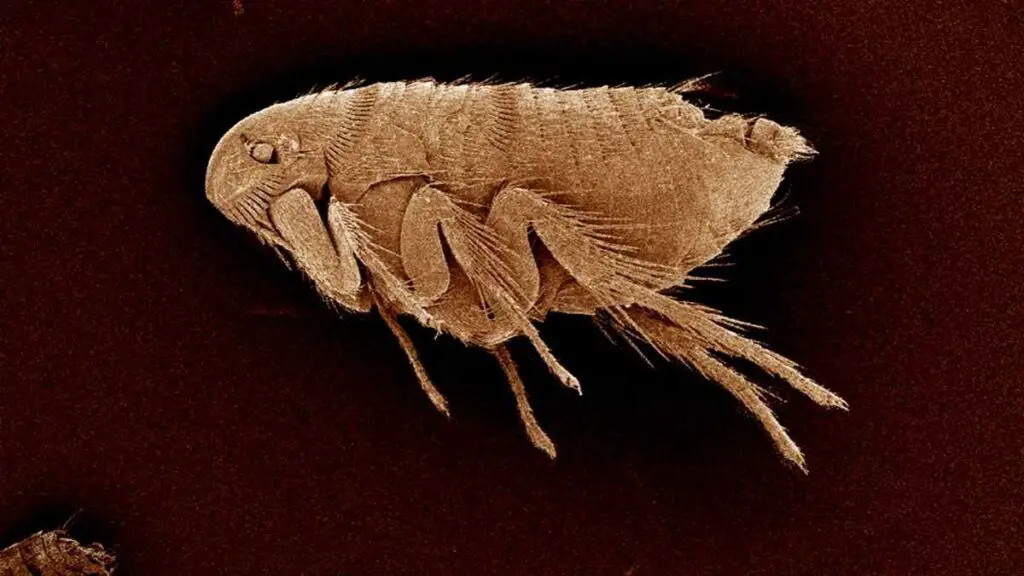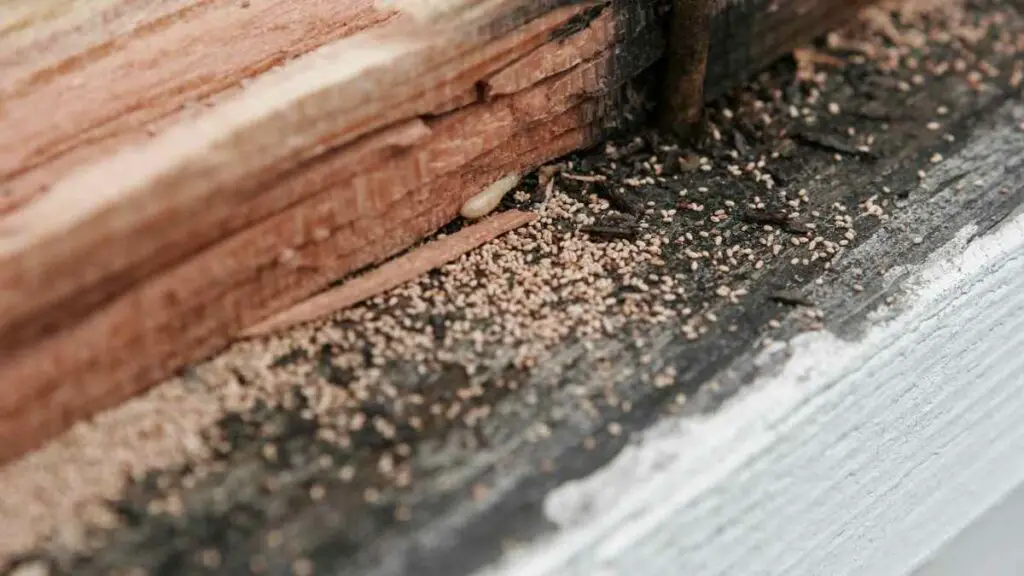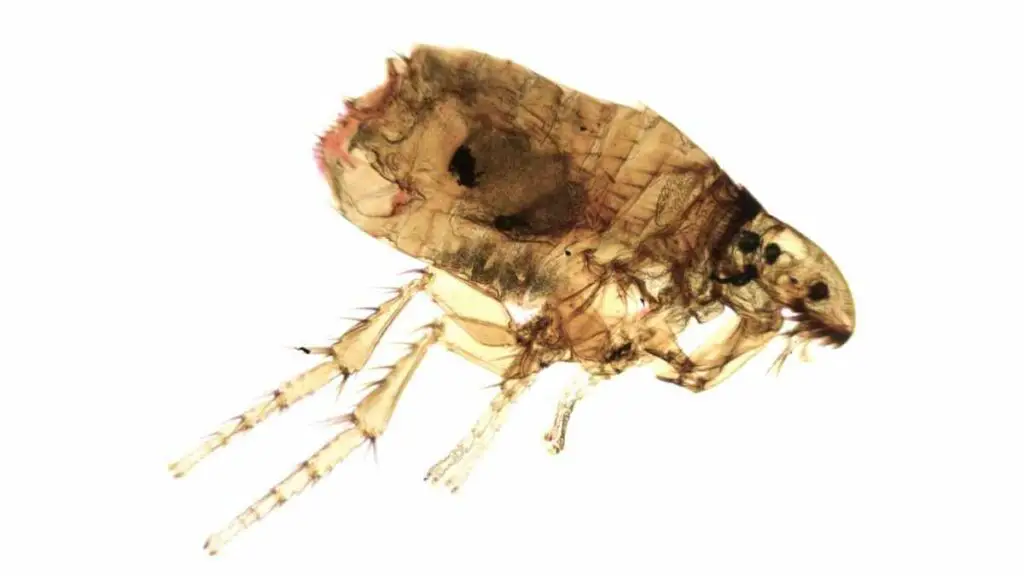The unending challenge of dealing with fleas is one that many pet owners and homesteaders are all too familiar with. Fleas are adaptable insects that have evolved to succeed in various environments, making them difficult to thoroughly eradicate. To improve our chances of defeating them, it’s crucial to understand the fundamental aspects of their life cycle.
Different stages of a flea’s life can require different extermination strategies. Therefore, possessing this knowledge can lend itself vastly to devising an effective extermination plan. Along with this, exploring various flea extermination methods, as varied as chemical treatments, natural remedies, and professional pest control services, will provide a thorough approach to handling these pests.
Preventing recurring infestations is another salient topic that demands attention; recognizing the need for regular home and pet maintenance and understanding the conditions in which fleas thrive can help prevent the recurrence of these unwelcome guests.
Understanding The Flea Life Cycle
Unveiling these tiny invaders’ life-cycle secrets might seem intimidating and repugnant to some, but deeper knowledge is a powerful step towards a flea-free home and happier, itch-free pets! Unraveling the flea life cycle is a key strategy in winning the battle against infestations. So, whether you are an enthusiast or a new hobbyist, brace yourself for an engaging dive into the underworld of fleas and the exciting extermination tactics that follow understanding their life cycle.
To visualize the whole process, let’s look at the flea life cycle in four distinct stages: Eggs, Larvae, Pupae, and Adults.
The flea journey begins surreptitiously with the microscopic, pearly white “Eggs.” Fleas lay their eggs not on the host but in the host’s environment, making your carpet, furniture, or pet’s bed potential breeding grounds. A single female flea can lay approximately 20-50 eggs a day, which hatch into larvae within 1-10 days, depending on environmental factors.
The “Larvae” stage is where these infant fleas metamorphose, feeding on organic debris and flea ‘dirt,’ a polite term for adult flea feces. Dark and moist spaces are their playgrounds; thus, deep within the carpet fibers or under the furniture are their preferred hideouts. This stage can last up to two weeks, after which the larvae spin silken cocoons and enter the “Pupae” stage.
Wrapped in the “Pupae” stage, these immature fleas savor a protective cover. The development period varies depending on environmental signals, potentially being as short as a week or extending for many months. Here, they stealthily await the right moment (such as a vibration or warmth signal) to emerge as adult fleas primed for feeding and breeding.
Finally, the “Adult” fleas break free, set to perpetuate the cycle. 95% of a flea infestation comprises eggs, larvae, and pupae, while adult fleas represent a mere 5%!
Now, equipped with an understanding of the cycle, we’ll pivot to how it aids extermination. Knowing the flea life-cycle components allows us to hit them at their most vulnerable stages, break the cycle, and halt their reproduction.
Products aimed at adult fleas (like flea collars, powders, sprays, and spot-on treatments) attack the visible problem effectively. However, they are only part of the solution. To cut the problem at its roots, it’s crucial to target the 95% population, the eggs, larvae, and pupae.
Use flea bombs or foggers that contain insect growth regulators (IGRs). They inhibit the immature fleas from reaching adulthood, thus disrupting the life cycle. Furthermore, consistent vacuuming goes a long way in eliminating eggs and larvae from carpets and upholstery. Don’t forget to discard the vacuum bag after every session.
In conclusion, understanding the flea life cycle guides our extermination strategies, making them comprehensive and highly effective. It is indeed a silent war against these tiny creatures, but with knowledge as a formidable weapon, victory is assured. Happy flea hunting!

Exploring Flea Extermination Methods
The joy of successfully eliminating a flea infestation is immeasurable. Comprehension of the flea life cycle forms the foundation for getting there, yet employing the right extermination methods perfects the art of flea control.
A deep understanding of how to tackle adult fleas can skyrocket your success. While the young ones are dormant, adults leap into action, feeding and breeding – hence they are the first contact point. There is an array of adulticide products in the market, each designed with specific properties to lay waste to these pesky pests. Understanding their mode of action can be instrumental.
The adulticides exist as sprays, shampoos, spot-on treatments, collars, and oral tablets. Sprays, boasting broad coverage, can help treat your entire home and pet quickly. Spot-on treatments, invisible and long-lasting, can keep your pet protected for a whole month. Flea collars deliver long-term protection, some up to eight months, while oral tablets kill adult fleas within hours, which is fantastic for immediate relief.
Each form has its pros and cons, so you must consider your situation. For instance, sprays could cause allergic reactions, and spot-on treatments may be less effective if your pet loves water.
The integrated pest management approach has been lauded in hobbyists’ circles as remarkably effective. Carry this out by combining insect growth regulators (IGRs) with adulticides. IGRs deny the immature stages a chance at maturation, breaking the life cycle chain, while adulticides dispatch mature fleas.
Besides commercial products, there are plenty of home remedies to explore, each bringing forth the spirit of DIY that some hobbyists crave. The combination of dish soap and water can act as a feasible flea trap, exploiting the pests’ attraction to light. The addition of baking soda or salt to your regular vacuum sessions can also see a massive dip in the flea population, thanks to their dehydration effect.
Steam cleaning is another weapon in your arsenal. With high temperatures destroying all flea stages, it’s not only effective but eco-friendly, preserving your home’s aesthetic vibe.
Enlisting professional exterminators shouldn’t be overlooked. Equipped with powerful insecticides and valuable experience, they ensure all flea stages are terminated thoroughly. Time-efficient and less stressful, it’s an excellent method when dealing with sizeable infestations.
Flea extermination is a war that requires precision and versatility. From understanding stages to identifying the most potent tools, every little detail counts. Remember, consistency is key – one day of laxity, and your dog could be the new city for these invaders. Stick to your chosen methods, ensure their all-around effectiveness, and soon, you will truly savor a flea-free home.

Preventing Recurring Flea Infestations
Flea infestations can turn your living quarters into a virtual nightmare, and getting rid of these pests is only half the battle. The real goal is to prevent these pests from returning. Now, armed with an understanding of the flea life cycle, it’s time to focus on that goal: prevention.
Establishing an effective adult flea control regimen is key. By now, it’s been realized that solely targeting adult fleas won’t solve the problem. Yet, they’re still a crucial part to target – adults are the ones biting and creating discomfort. There are plenty of options available to target adult fleas: sprays, spot-on treatments, collars, and even oral tablets. Each has its pros and cons. For example, sprays provide immediate relief by killing fleas on contact but can be less convenient to use, while oral tablets have long-lasting effects but may cause side effects in some pets. It’s vital to review the pros and cons before deciding on a product, considering factors such as the pet’s health, lifestyle, and living environment.
Taking an integrated pest management approach that combines insect growth regulators and adulticides is highly advised. This approach provides a broad-spectrum attack on the flea population. Insect growth regulators halt the development of fleas in their younger stages, while adulticides target mature fleas. By targeting their various life cycles using different techniques, this paves the way to a flea-free environment.
Home remedies can also play a part in a flea control arsenal. Options like dishes filled with soap and water placed near light sources to trap fleas or generously sprinkling baking soda or salt before vacuuming can target fleas in all life stages. Steam cleaning is another effective method that kills fleas at every life stage without using pesticides. However, these methods should be implemented with the understanding they are secondary supports to a known and effective method.
There may be occasions where the infestation is too severe and beyond the scope of home remedies and store-bought solutions. In these instances, enlisting professional exterminators can be a worthy investment. Their expertise can help ensure that you regain control over the infestation in a relatively short period while also ensuring a more comprehensive eradication approach.
Yet, the most crucial factor in preventing future flea infestations is consistency and diligence. Regularly inspect your pet for signs of fleas, constantly clean and treat pet bedding, rugs, and upholstery, and routinely treat your pet using the chosen methodology. Flea control isn’t a one-time activity – it’s a cycle that requires regular and meticulous attention. Combatting fleas demands persistence, but the peace of mind from preventing a potential infestation makes every effort worthwhile.

The successful extermination of fleas is one that necessitates a robust comprehension of their life cycle and a multi-angled approach toward their annihilation. Identifying the various life stages and implementing targeted extermination methods for each stage can significantly heighten the chances of success.
Additionally, selecting from a broad spectrum of control strategies, which includes chemical treatments, natural remedies, or even professional aid, can further empower an individual to combat these infestations.
Moreover, true victory lies in the prevention of further infestations, necessitating regular maintenance of our homes and pets and a keen understanding of the conditions that are conducive to flea development. By educating ourselves and developing a comprehensive strategy, it becomes possible to reclaim our domains from these bothersome inhabitants.

